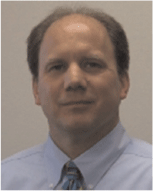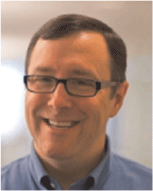Environmental liability and asset retirement obligations*
M. Clark A and J. Claypool AAECOM.
The APPEA Journal 51(2) 697-697 https://doi.org/10.1071/AJ10077
Published: 2011
Abstract
Oil companies, partnerships and entities developed for the exploration and/or production of hydrocarbons typically invest for a reasonably certain period of time, with the assets projected to have little or no value at the end of their life cycle.
Historically, production facilities were decommissioned as cost effectively as possible, with limited consideration of the cost of this practice being factored into the initial costs or operating budgets, and the salvage value of the scrap metal was applied to cover the cost of the demolition.
Today, most oil and gas producers are required to account for the estimated future cost of dismantling and removing facilities and equipment, as well as restoring land to its previous condition. The estimated costs for future dismantling, removal and restoration are different to other costs associated with the acquisition and use of productive assets.
The impact of potential environmental expenses associated with these practices typically occurs after an asset has ceased production. Planning for environmental costs for asset retirement obligations (AROs) is ideally conducted during the asset’s operating life. This is so that compliance costs and other operating expenses are recorded consistently in conformance with accounting policies and regulations. Tentatively identified AROs include: asbestos, batteries, PCB transformers, underground or above ground storage tanks, well abandonment, waste impoundments, mercury and other components of an active producing facility.
Operators need to identify specific performance requirements that may impose obligations on their organisation. Federal, state and local requirements need be considered, as they apply to specific operating conditions.

Michael Clark has recently directed more than 25 ARO studies and five ARO process development programs for oil and gas companies. He has served the oil and gas industry for nearly 25 years. He is the senior vice president of the oil and gas sector at AECOM and is responsible for the provision of a wide range of environmental, engineering and related services to the industry across the world. He has held similar roles for the past 13 years. He has a BS (geological engineering) from the University of Missouri-Rolla. He is registered as a professional engineer in Texas. |

John Claypool is the global leader of AECOM’s environmental liability estimation and valuation practice. He has more than 28 years of experience in cost engineering, estimating and financial risk analysis for environmental investigation, remediation, asset retirement obligations and financial assurance for closure and post-closure care of regulated operating facilities. He specialises in designing, developing, deploying and using software solutions for estimating costs and analysing financial risks of complex sites and portfolios involving thousands of assets/projects—including upstream, midstream and downstream oil and gas facilities—across the world. He also serves as a testifying expert on environmental insurance coverage, cost recovery, allocation and toxic tort disputes. Mr Claypool holds a BS (chemical engineering) from the State University of New York. |


